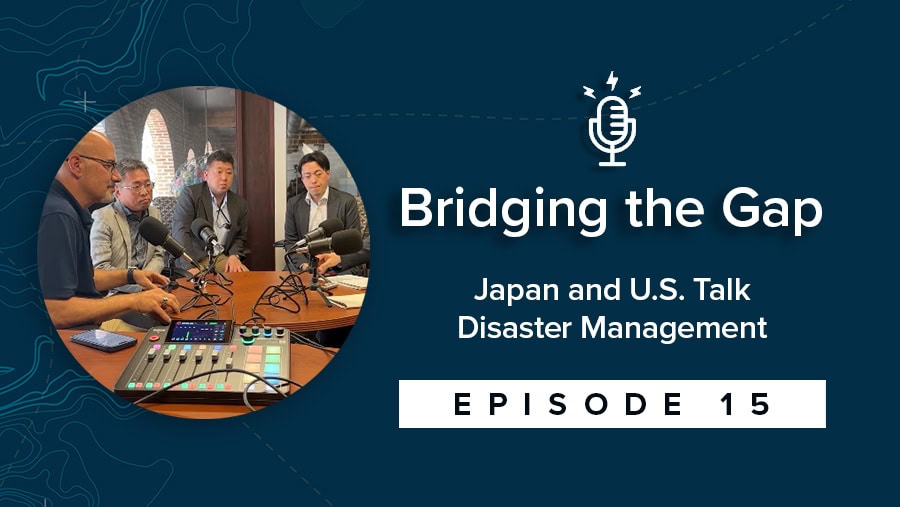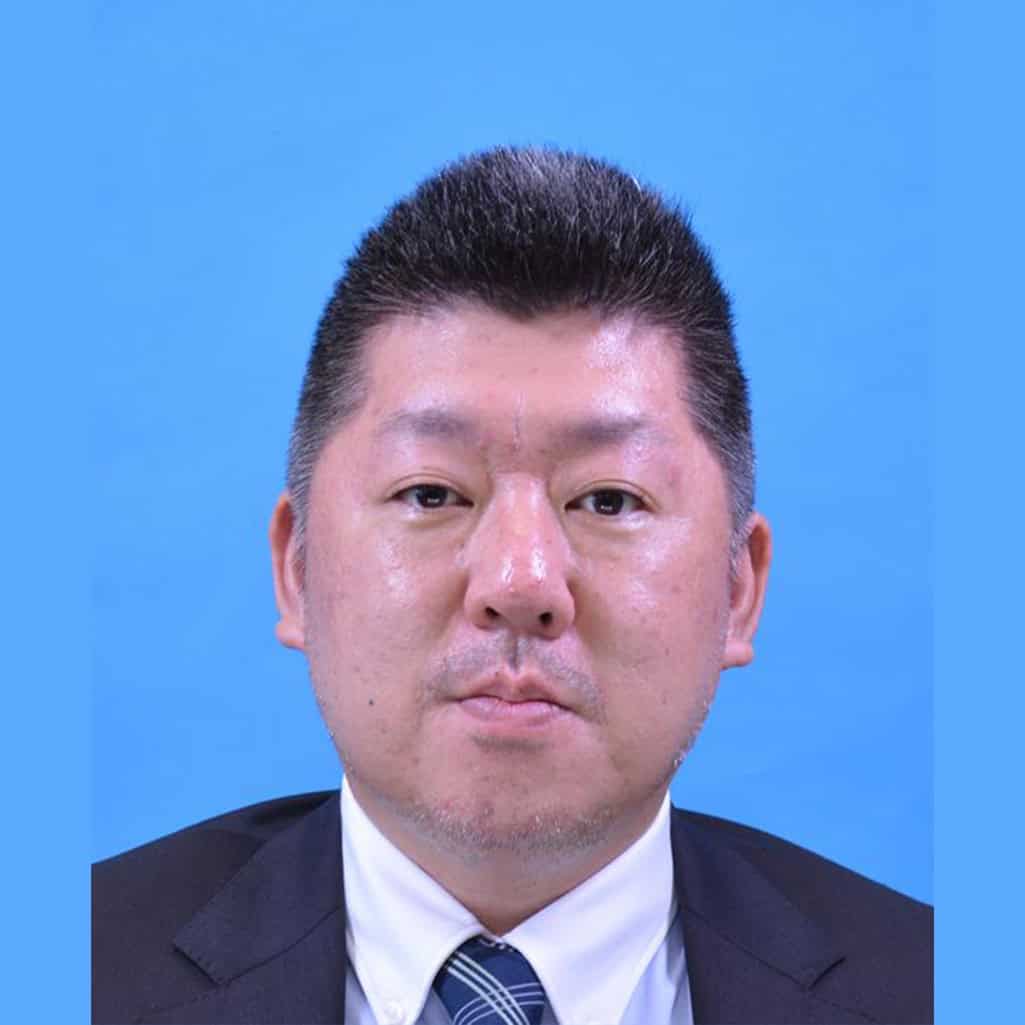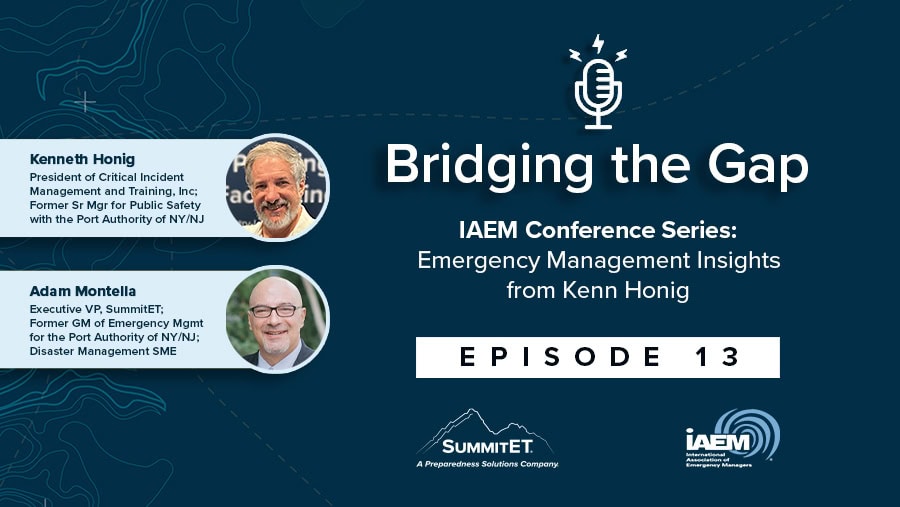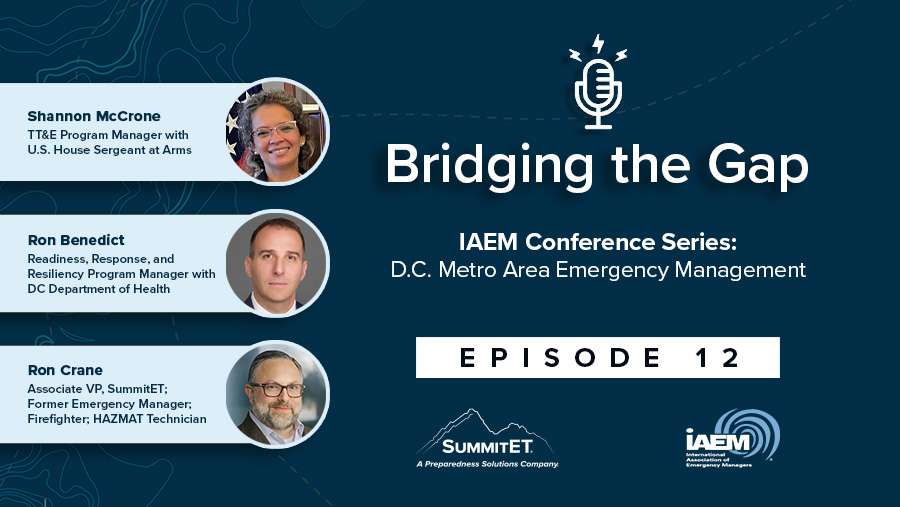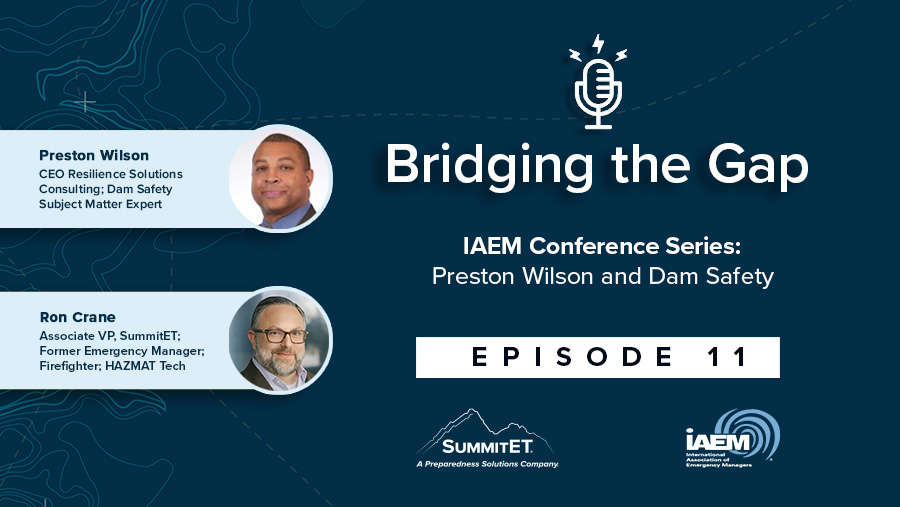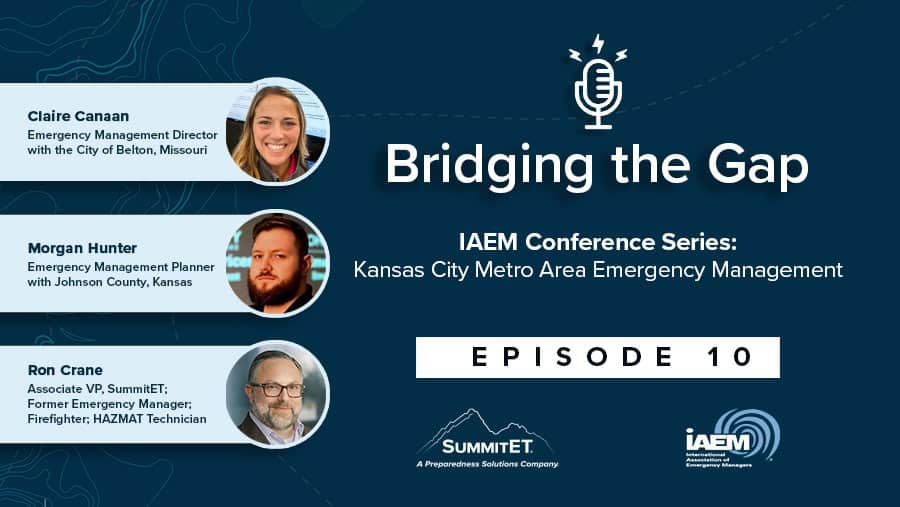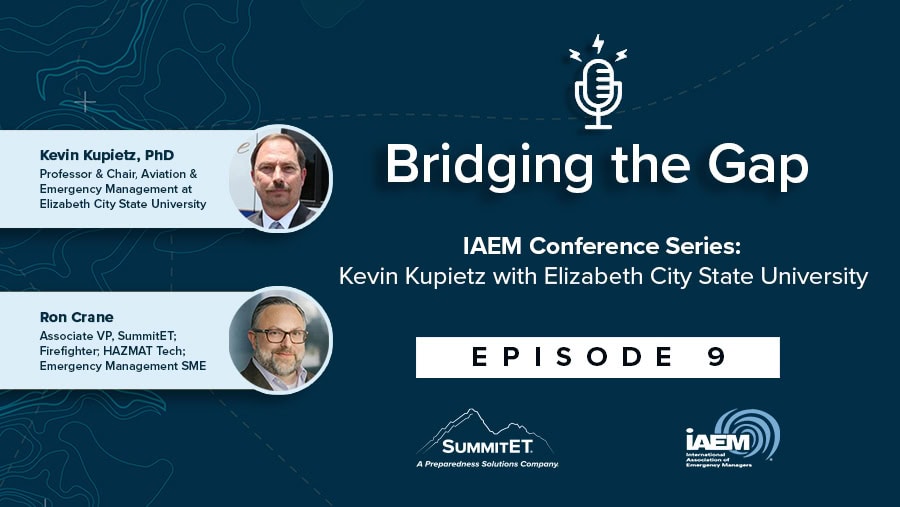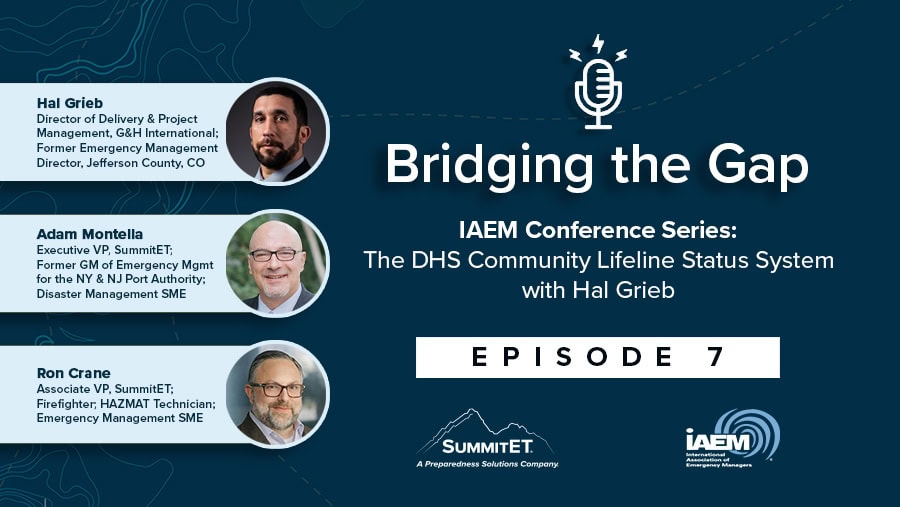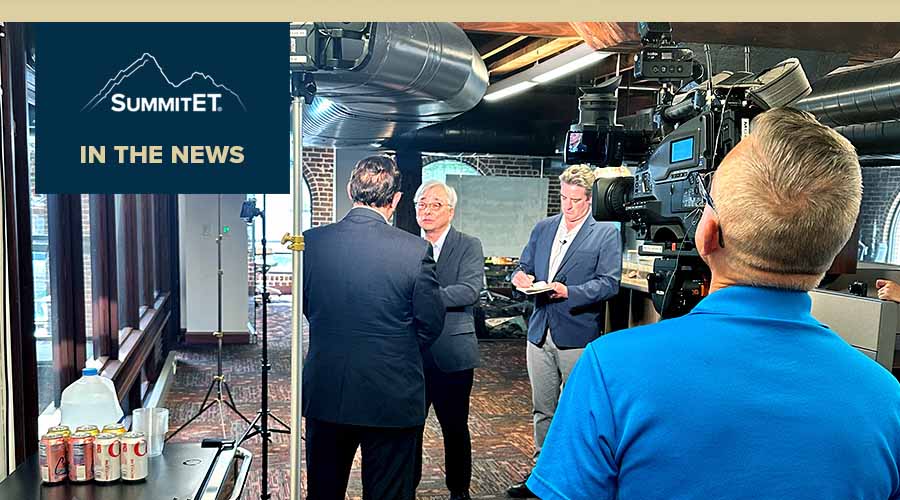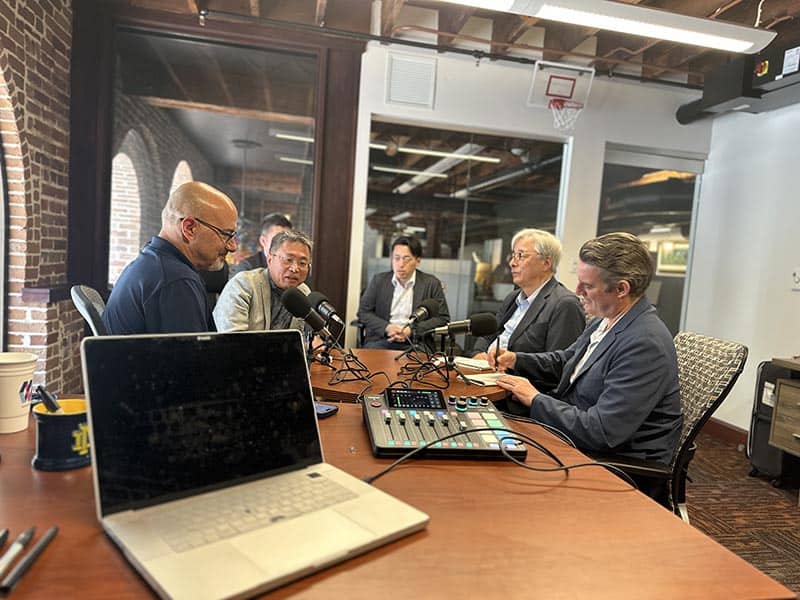
Radiation Control Regulation Update
Background
A *state client responsible for overseeing radiation control within its jurisdiction sought to ensure their program remained robust and effective in addressing regulatory responsibilities. They identified a need for a thorough review of their activities and procedures to address growing demands, optimize resource utilization, and enhance operational workflows. Recognizing the complexity and criticality of their mission, they turned to SummitET for specialized support.
*exact states/clients not listed for client privacy.
Mission
The overarching goal was to audit the state’s radiation control program comprehensively, assessing its effectiveness and identifying opportunities for improvement. The mission was to deliver actionable recommendations that would strengthen the program, enhance efficiencies, and ensure alignment with best practices in radiation control responsibilities.
Solution
SummitET assembled a team of subject matter experts (SMEs) to conduct a detailed audit of the state’s radiation control program. This audit spanned the entire scope of the program’s responsibilities, evaluating all activities and procedures. The approach was systematic and thorough, focusing not only on assessing current effectiveness but also on identifying opportunities to optimize resource utilization and streamline workflows.
Based on the audit findings, SummitET provided targeted recommendations designed to enhance program efficiency, improve operational performance, and ensure the program’s continued success in fulfilling its regulatory mission.
Result
SummitET delivered customized solutions tailored to the state client’s specific needs. By addressing critical areas across radiation control program responsibilities, the applied recommendations significantly enhanced the program’s capabilities. The audit and subsequent updates positioned the state to operate more efficiently, ensuring a higher standard of regulatory compliance and resource management.
Conclusion
Partnering with SummitET allowed the state client to address their challenges with confidence. By leveraging expert analysis and tailored recommendations, the state successfully optimized its radiation control program, demonstrating a commitment to operational excellence and public safety. This success story highlights the importance of collaboration and expertise in advancing state regulatory programs to meet evolving demands.



